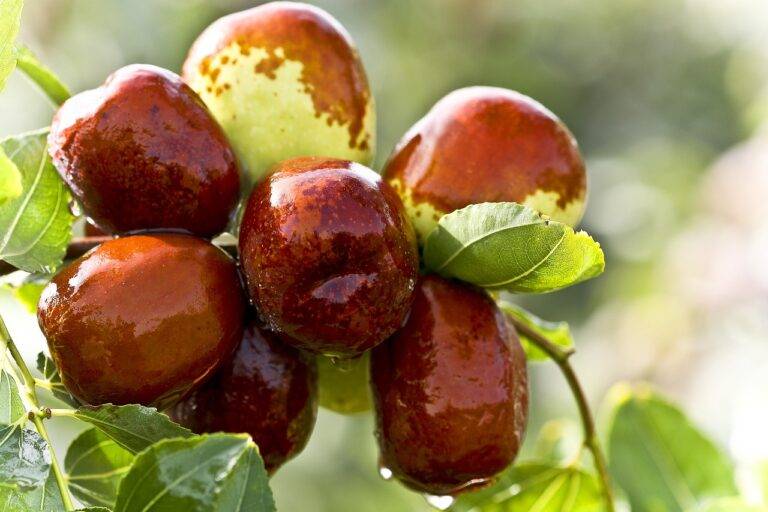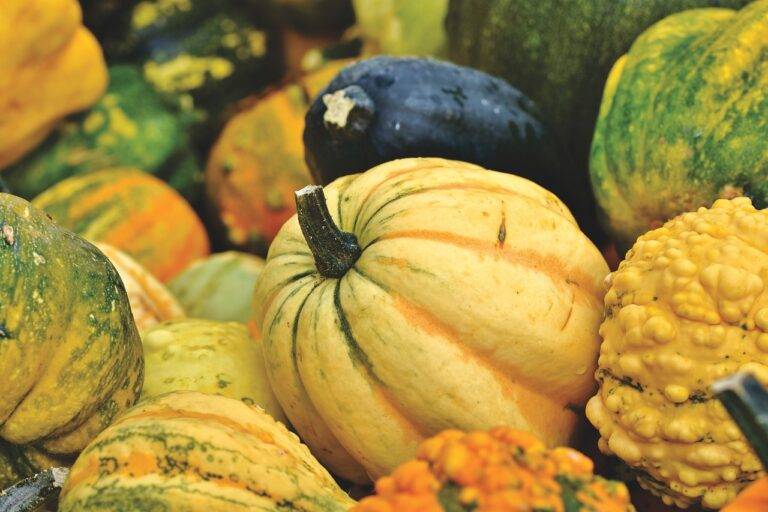From Bean to Bar: Tracing the Journey of Craft Chocolate
Chocolate, a beloved treat enjoyed by people around the world, has a rich and fascinating history that dates back thousands of years. Its origins can be traced back to the ancient civilizations of Mesoamerica, where the cacao tree was first cultivated for its seeds. The Olmec civilization is believed to be one of the first to have consumed chocolate in the form of a bitter drink made from roasted cacao beans.
As time passed, the Mayans and Aztecs further developed the use of cacao beans in their society, considering them to be of great value. The Aztecs, in particular, believed that cacao was a gift from the gods and even used cacao beans as currency. The transformation of cacao into the chocolate we know today is a testament to the ingenuity and creativity of these ancient civilizations.
The Cacao Plant and Its Growth
The cacao plant, scientifically known as Theobroma cacao, is native to the Amazon rainforest. It thrives in warm, humid climates, typically growing within 20 degrees north and south of the equator. The cacao tree requires consistent rainfall and well-draining soil to flourish, often reaching heights of 15 to 25 feet.
Cacao trees undergo three main stages of growth: the seedling phase, the juvenile phase, and the adult phase. It takes about three to five years for a cacao tree to reach maturity and start producing cacao pods. The pods grow directly from the trunk and branches of the cacao tree, each containing 20 to 60 cacao beans embedded in a sweet, white pulp.
Harvesting and Fermenting Cacao Beans
Once the cacao pods have reached full maturity, they are carefully harvested from the trees. Workers use sharp machetes to cut the pods off the cacao trees, making sure not to harm the delicate cacao beans inside. The process requires skill and precision to ensure the beans are not damaged during harvesting.
After the cacao pods have been harvested, they are opened to reveal the cacao beans inside. These beans are then removed from the pods and heaped together in piles to begin the fermentation process. Fermentation is a crucial step in developing the complex flavors of chocolate, as it helps to break down the beans’ natural sugars and acidity. The beans are left to ferment for several days, usually in wooden boxes or wrapped in banana leaves, before they are ready for the next stage of processing.





